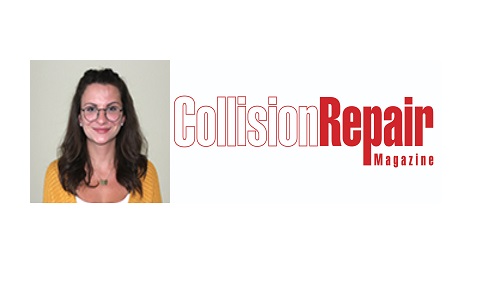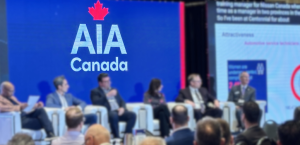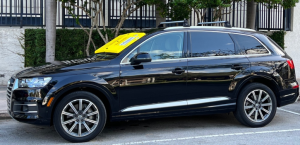In this week’s log, outgoing staff writer and guest editor of an upcoming issue of Bodyworx Professional Lindsey Cooke says a fond farewell to the Collision Repair readers with a hypothesis about the industry—Cooke’s Collision Repair Theorum.
Toronto, Ontario — June 14, 2019 — In the year I have spent writing for Collision Repair and Bodyworx Professional, I have had a number of conversations with young repairers who have been concerned that their jobs may one day be performed by machines.
Given the struggles facing recent law graduates who are struggling to find articling posts thanks to the wide availability of legal analysis apps, this is an understandable concern—albeit an unjustified one. Collision repair technicians are not lawyers.
Lawyers have, since antiquity, traditionally spent the early part of their careers scanning documents for relevant data to provide senior colleagues. The work has not fundamentally changed—but we have invented machines that are far better at performing the task then junior lawyers.
In antiquity, collision repair work was fundamentally different than it is now. Then, carts were repaired by blacksmiths and wheelwrights. Many would argue that the work of repairers 10 years ago was fundamentally different than repair work is today. While high-tech analysis tools may be changing aspects of the job, a human presence is required.
I submit that human oversight will always be required—at least on repairs of the most cutting-edge vehicles.
Why? Thanks to something I have dubbed Cooke’s Collision Repair Theorum:
The more complex the technology used in vehicles becomes, the more a human oversight is required to repair the vehicle.
Below, I have laid out my logic in formal steps.
1: Any autonomous machine able to fix another machine without human oversight must be more complex than the machine itself.
2: To stay in business, OEMs must remain competitive.
3: OEMs that manufacture vehicles with high-tech equipment have a competitive advantage. Therefore OEMs that produce technologically inferior vehicles will be less competitive.
4: OEMs will use the most cutting-edge technology available when producing new vehicles.
5: New vehicle technologies will always outpace autonomous repair technologies.
6: Human oversight of collision repair procedures will always be required on new vehicles.





































